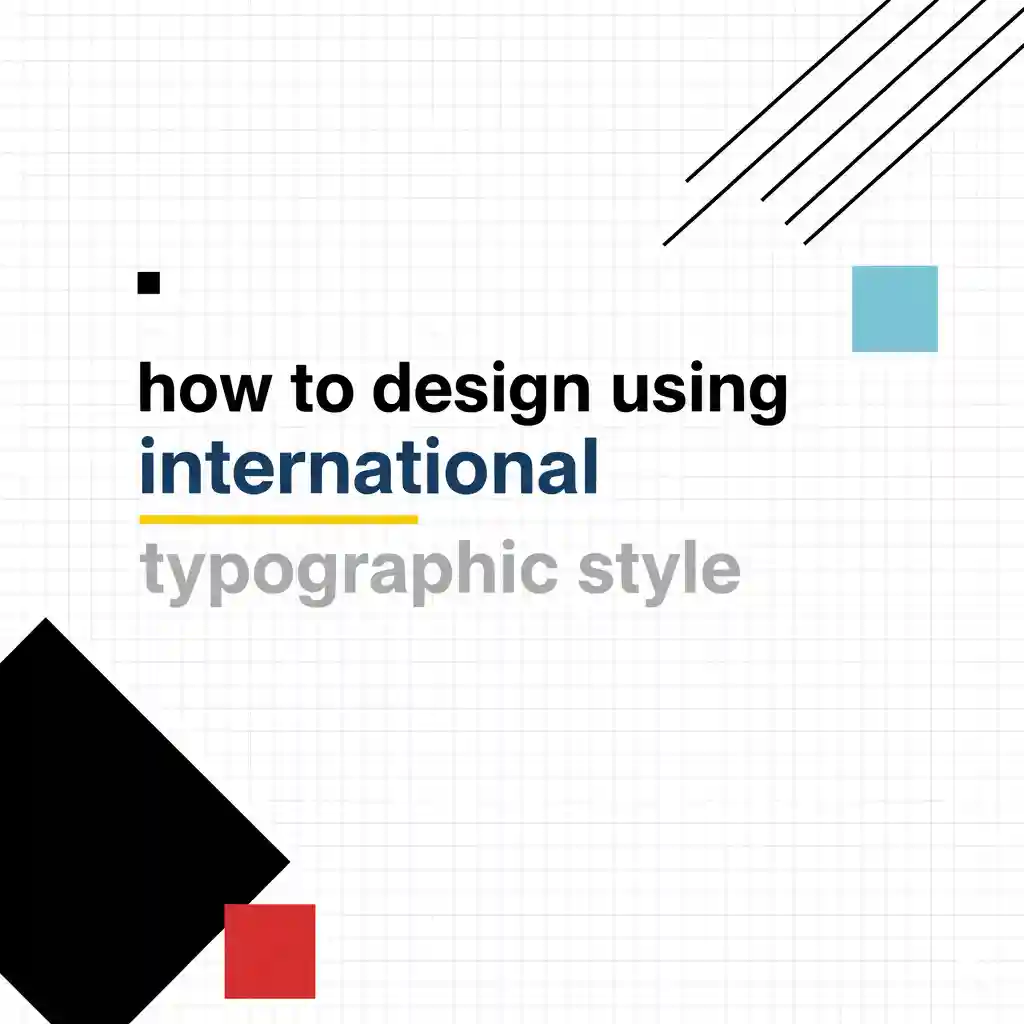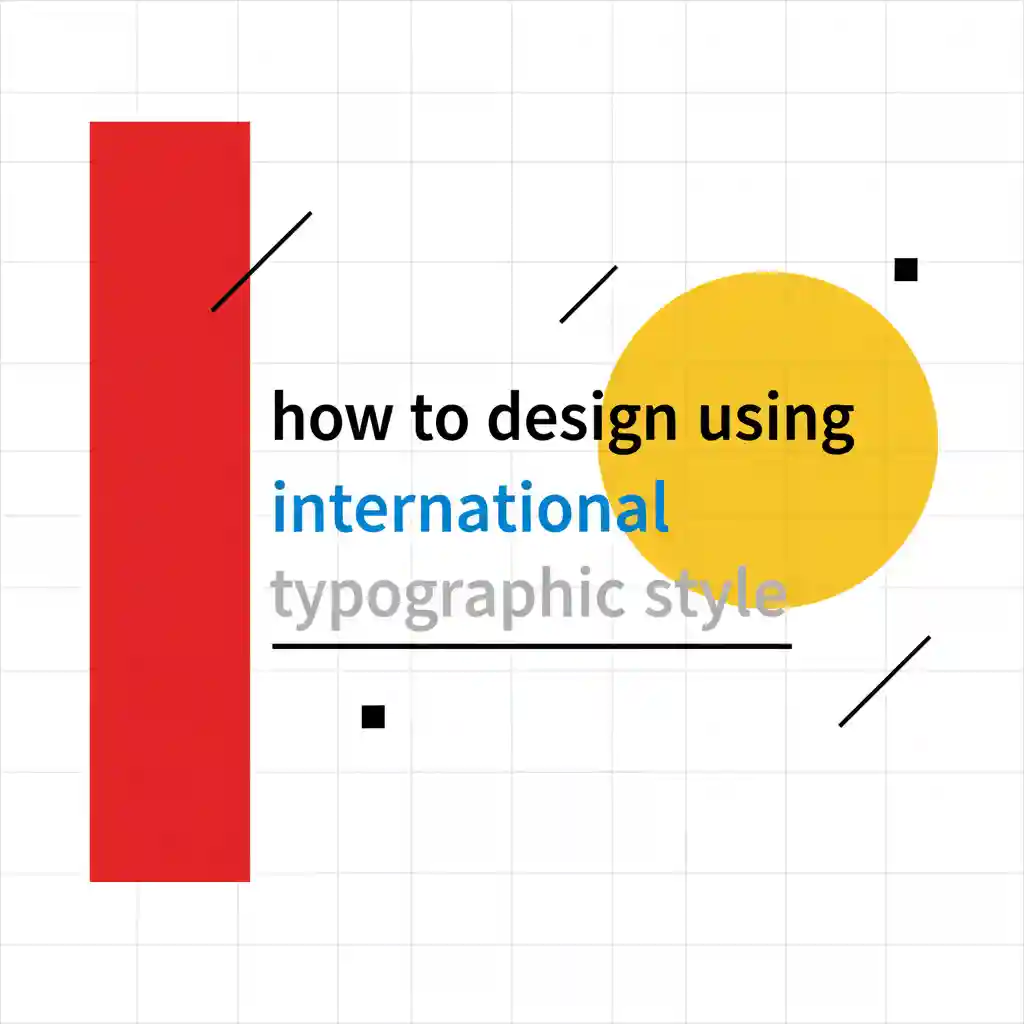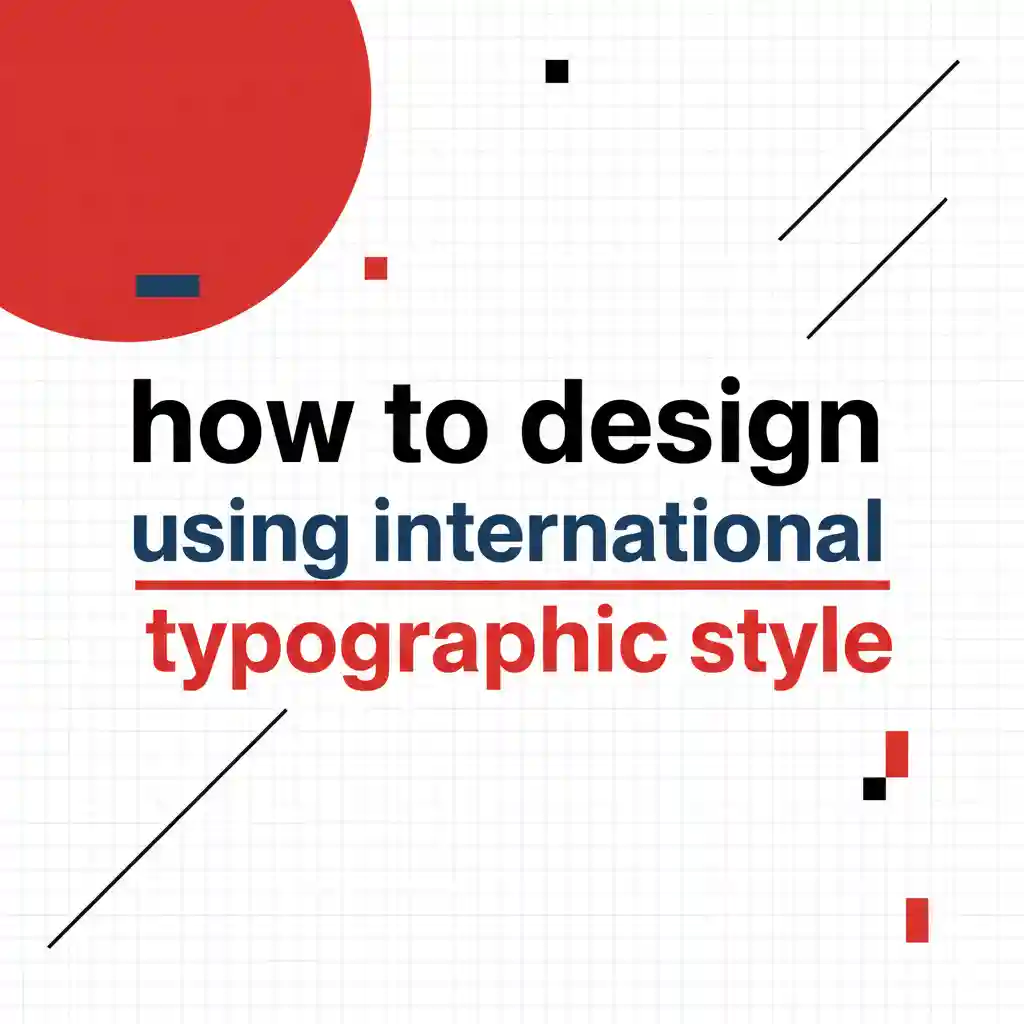Table of Contents
- What Is the International Typographic Style?
- The Core Principles
- Choosing the Right Fonts
- Applying the Style in Your Designs
- Why Designers Still Love It
- Final Thoughts
- References

1. What Is the International Typographic Style?
The International Typographic Style—also known as Swiss Design—originated in Switzerland during the 1950s. It focuses on clarity, readability, and structured communication.
This approach values simplicity and purpose, featuring grid systems, sans-serif typefaces, asymmetrical layouts, and generous whitespace.
Pioneers like Josef Müller-Brockmann and Armin Hofmann helped shape this movement, which continues to influence modern design systems and branding worldwide.
2. The Core Principles
Here’s what defines the International Typographic Style:
- Grid Systems: The invisible framework that creates structure and harmony.
- Sans-Serif Typography: Neutral, legible fonts that communicate clearly.
- Asymmetry: Dynamic layouts that feel balanced yet modern.
- Whitespace: Negative space that enhances focus and elegance.
- Objectivity: Design as a vehicle for communication, not decoration.
These elements together make the style timeless and adaptable across all design mediums.
3. Choosing the Right Fonts
Typography is the heart of the Swiss design aesthetic. Clean, structured fonts define the message, not just decorate it.
Here are several RaisProject fonts that perfectly embody the International Typographic Style spirit:

| Font Name | Style Description | Product Link |
|---|---|---|
| Etical Font | Futuristic sans-serif with clean geometry — ideal for Swiss-style layouts | View Font |
| Rico Jackson Font | Modern display font with consistent rhythm and strong structure | View Font |
| Out Of Topic Font | Masculine, modern, and minimal — great for impactful typography | View Font |
| Secret Action Font | Bold yet clean for editorial and poster use | View Font |
Each of these fonts highlights legibility, precision, and structure — the key values of the International Typographic Style.
4. Applying the Style in Your Designs
Step 1: Build a Grid
Every layout should start with a grid. It guides alignment and ensures consistency.
Step 2: Keep Alignment Consistent
Left-align your text and maintain logical hierarchy throughout.
Step 3: Simplify Color Usage
Stick to monochrome or a restrained palette. Let typography lead the visual narrative.
Step 4: Let Typography Speak
Use contrast in scale, weight, and spacing instead of graphic ornaments.
Step 5: Use Whitespace Intentionally
Whitespace gives breathing room and clarity. It makes content feel balanced and elegant.
5. Why Designers Still Love It
Even in 2025, the International Typographic Style remains a design staple because:
- It’s universally legible and adaptable.
- It aligns naturally with responsive web and app design.
- It enhances readability and hierarchy.
- It looks timeless — never outdated.
Designers around the world rely on it because it brings both order and creative freedom.

6. Final Thoughts
Swiss Design isn’t just a trend — it’s a foundation of modern visual communication.
By embracing its principles, you create designs that are clear, structured, and timeless.
At RaisProject, our collection of modern sans-serif fonts embodies these values, giving designers the perfect tools to express clarity through typography.
👉 Explore more minimalist and modern typefaces at RaisProject.com — where typography meets creativity and precision.
